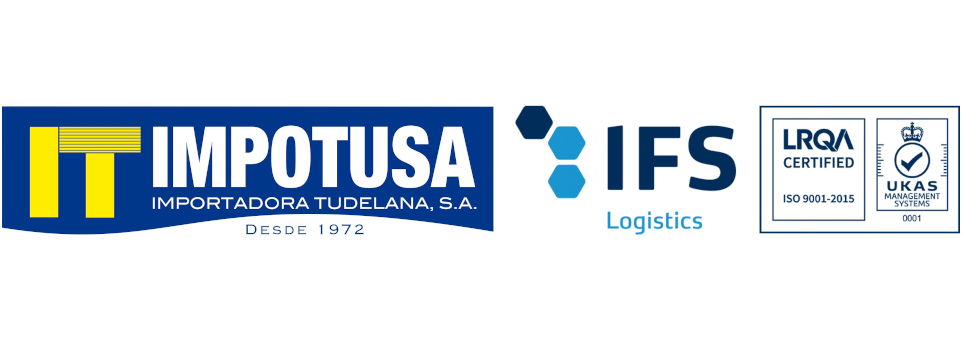- News
- 17801 views
PPE are safety equipment and devices whose function is to protect workers from possible risks and dangers arising from the development of their work activity.
There are different types of Personal Protective Equipment depending on the work sector , but today we will focus on the chemical industry, a sector in which it is essential to work while respecting protective measures.
We review what the basic and mandatory PPE are in the chemical industry .
PPE types of protection in the chemical industry
In the chemical industry, it is common for workers to be exposed to dangerous particles such as vapors, gases or chemicals in their daily lives. If you do not work with appropriate clothing, carelessness can cause serious injury to the worker .
PPE against chemicals aims to prevent dangerous substances from coming into direct contact with the skin, face, eyes or mouth of workers. We analyze in more detail the different pieces of clothing that we can use in the chemical industry.
1. Protective glasses
Safety glasses for the chemical industry are essential to protect workers' eyes from splashes, product drops, or biological and chemical hazards.
When choosing good protective glasses, remember that:
- They must be resistant and specially designed against high-velocity particle impacts.
- It is advisable to use protective glasses made of glass, polycarbonate or acetate.
- It is also important that the glasses have UV protection, are certified and are comfortable.
- It is best to choose glasses without ventilation to prevent contaminants from entering the eyes and opt for glasses with anti-scratch and anti-fog coating.
PROTECTIVE GLASSES FALCON GM
2. Masks, masks and respirators
For respiratory protection , masks, masks and respirators are used, equipment that must be certified according to the type of chemical substance being handled and that must fit the face perfectly.
The most effective masks are half-face and full-face masks, which are designed to filter pollutants from the air and protect you from inhaling toxic gases and vapors.
- Masks with N95 filters : These are effective if you are around non-oily liquid particles, such as gases and aerosols.
- Masks with chemical filters : They have cartridges or filters that are designed to protect you from chemical gases and vapors by filtering the air. Cartridges have a limited lifespan and must be replaced regularly to maintain their effectiveness.
- Supplied Air Masks – Provide clean air through an external air supply and are ideal for highly toxic or hazardous environments.
FFP2 CARBON FILTER MASK
HALF MASK FFA1B1E1K1P3 RD
FULL MASK CLICK FIT OPTIFIT TWIN
SEMI MASK Rd40 N7700 T/
3. Gloves
Protective gloves protect hands from direct exposure to chemicals, so they must be corrosion resistant.
Materials
Nitrile, latex, neoprene or PVC. Nitrile gloves are suitable for most chemicals, while neoprene gloves are ideal for acids and solvents.
Thickness
Gloves should withstand possible punctures or tears without tearing, but they should also be thin enough to allow movement.
Size
They should fit your hands perfectly to prevent them from slipping or tearing. They should completely cover the hands and forearms for complete protection.
BARRIER GLOVES 02-100 ANSELL
4. Protective clothing
Protective clothing covers the entire body, including the head, feet and hands, and protects from direct exposure to chemicals.
It must be resistant to corrosion and fire, so you have to choose materials for clothing such as Tyvek, PVC, polyester or cotton. Tyvek is resistant to most chemicals and PVC is perfect for highly corrosive substances.
Regarding closure, protective clothing for the chemical industry must include a button or zipper system that allows a secure seal to prevent chemicals from coming into contact with your skin.
5. Safety boots
In the chemical industry, safety footwear must be made of leather (except the sole), rubber or polymeric material. In addition, they must comply with the basic requirements indicated in the standards UNE-EN ISO 20345 (limit of 200 J) and UNE-EN ISO 20346 (limit of 100 J) and contain the following information:
- Category III CE marking.
- Size.
- Name and complete address of the manufacturer and/or its authorized representative.
- Manufacturer's type designation.
- Year of manufacture, at least one quarter.
- Reference to the EN 13832-2 standard or to EN 13832-3 if it is high resistance.
At Impotusa we have all types of footwear and personal protective equipment for each work sector. Contact us , we will help you.






































